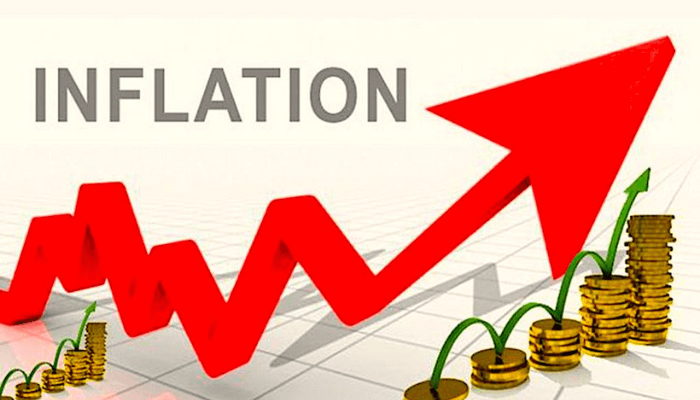Analysts at Stanbic IBTC Bank have projected that Nigeria’s headline inflation rate will ease to 15.84 percent in October 2025, from 18.02 percent recorded in September, as food prices moderate during the ongoing harvest season.
According to the latest Stanbic IBTC Bank Nigeria Purchasing Managers Index (PMI) report, headline inflation is expected to further moderate between 14.25 percent and 14.62 percent in November, supported by increased food supply and relative exchange rate stability.
Muyiwa Oni, head of equity research for West Africa at Stanbic IBTC Bank, said the moderation in price pressures is being driven by seasonal harvest effects and improved agricultural output.
“We see food prices moderating further in the coming months in line with the ongoing main harvest season, which is expected to keep prices at seasonal lows until December,” Oni said.
“Simultaneously, non-food inflation should face mild pressure in October due to higher fuel prices, but the stability and appreciation of the naira will help cushion the impact.”
The report noted that while fuel prices may rise slightly following production challenges at the Dangote Refinery, which supplies up to 40 percent of Nigeria’s domestic petrol, the broader inflation outlook remains positive.
Read also: CBN nears inflation target as prices ease steadily
Stanbic IBTC expects the naira’s relative stability and a potential monetary policy easing cycle to strengthen real sector activity and support economic growth over the medium term.
According to the National Bureau of Statistics (NBS), Nigeria’s economy grew by 4.23 percent year-on-year in real terms in the second quarter of 2025
However, the bank forecasts a 4.0 percent GDP growth rate for 2025, with stronger contributions from the manufacturing and services sectors.
The PMI survey, conducted between October 9 and 29, showed that business activity expanded at a faster pace during the month, with the headline index climbing to 54.0 points from 53.4 in September. This indicates an improvement in private sector conditions for the 11 consecutive months.
Oni said business activity started in the last quarter of 2025 on a strong note.
“The continued softening of price pressures and the launch of new products helped to boost new orders and output growth, especially in manufacturing,” he added.
The survey disclosed that output growth hit a six-month high in October, with panelists highlighting the positive impact of rising new orders and the introduction of new products.
“Business activity increased across all four broad sectors, with growth fastest in manufacturing,” it said.
The report added that the launch of new products also helped to drive up customer numbers in October, thereby feeding through to rising new orders.
A recent softening of inflationary pressures also reportedly helped to boost demand. Although companies continued to increase their selling prices at a marked pace in response to higher input costs, the latest rise in charges was the second-slowest for five and a half years, quicker only than that seen in August.
“The rate of input cost inflation ticked higher, however, amid faster increases in both purchase prices and staff costs. That said, the increase in input prices was still muted compared to those seen in 2023 and 2024,” the PMI report added.

